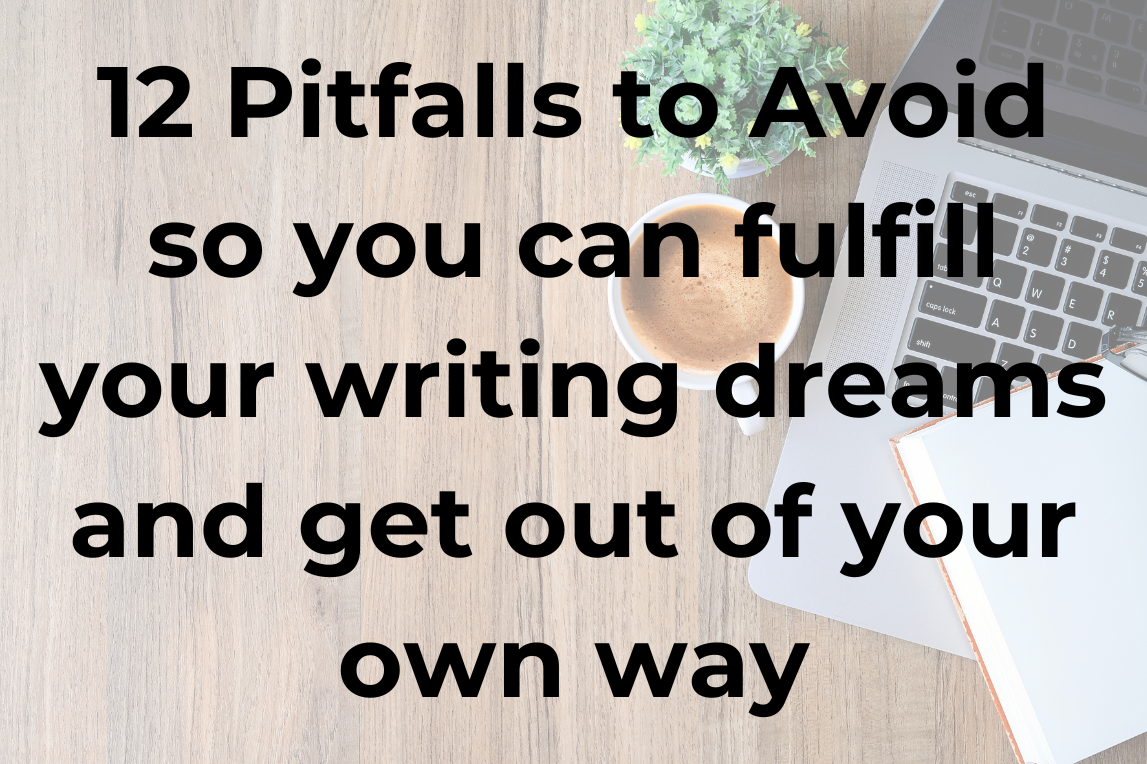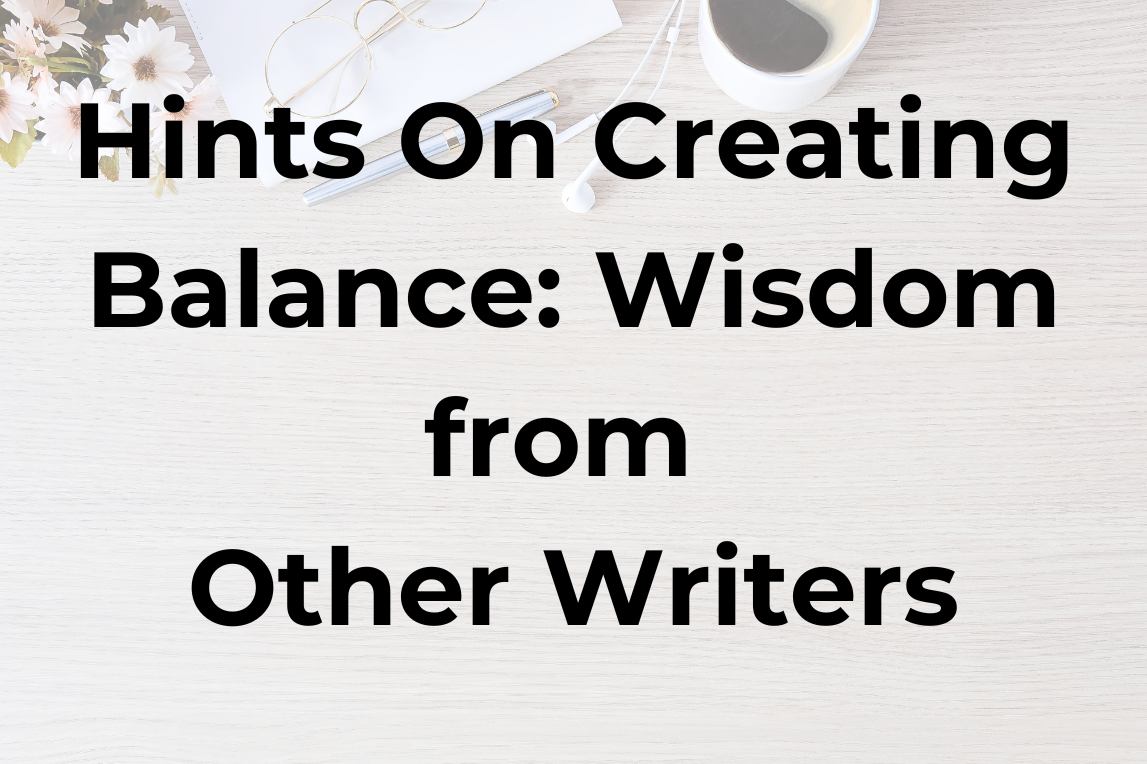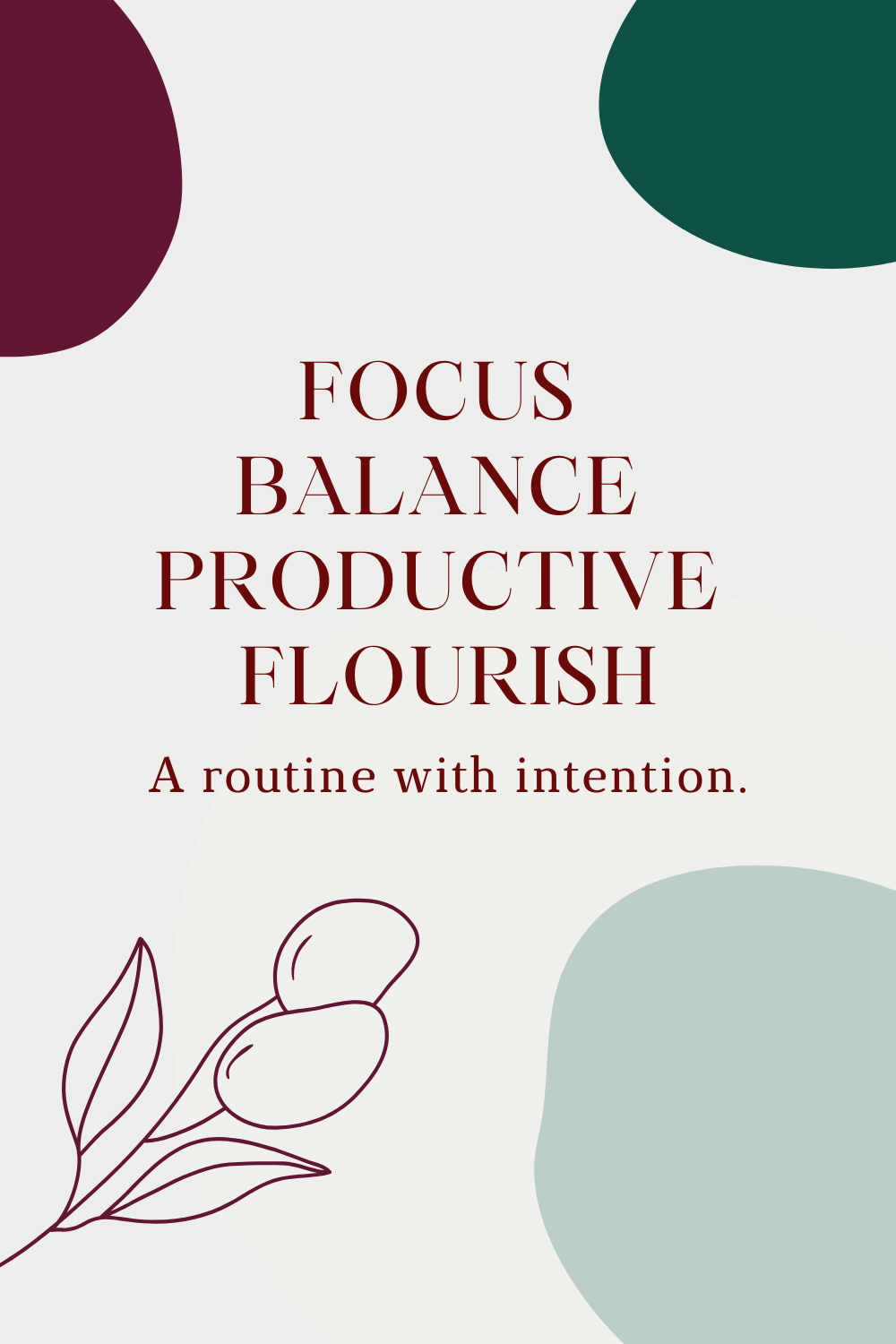Writing Children’s Books Hints
Your Children’s Book First Draft
I know this topic won’t appeal to everyone who writes (or has an inner desire to write). But to those of you, including myself, in the Children’s book world I hope you can pick up on a few little lessons.
Write Messy (the dirty draft)
The first draft is messy and the first draft is not final.
I get it…if you are writing a children’s book, you may be looking at only 500 words. That’s the industry standard for a Picture Book.
500 words.
That’s all. That’s ALL?
I can’t tell you how hard it is to get a story whittled down to 500 words.
My first picture book first draft came in at 1200 words. I didn’t think there was any way to remove any word. Each seemed precious and needed. Right?
Then, I sent it to a children’s book editor. She taught me so much.
Lessons from a Children’s Book Editor
#1 Lesson: Tighten, tighten, tighten. Rephrase. Think of the child. Attention span. Core concept. Could I repeat a theme or phrase? Children love predictability or repetition.
#2 Lesson: Rewrite. Once you have your draft, rewrite the story. Use a different perspective. If written in 1st person, try in in 3rd person. If written from the eyes of one character, what happens if you write from the eyes of one of the other characters?
#3 Lesson: Rewrite Your Story 50 Times. This lesson came from a couple of agents who are mentors. Self-edit and rewrite your story at least 50 times. Yes, close your dropped jaw from your shock face. That’s what they recommended, Dive into your story from every possible character’s point of view. Don’t assume the first draft you write is your final masterpiece.
Your Drafts Are Your Creative Playhouse
So, to those of you working on your first draft. Yes, get those words and that story on paper. Here’s the wonderful thing I’ve found about writing children’s books. You have ample opportunities to have multiple projects working! At first I was concerned about having so many book ideas in various stages. However as I’ve listened to more experienced writers talk at conferences or in podcasts I discovered it’s quite normal! One published author even shared that her recent books had been 10 years in the making.
Now I’m not ashamed to tell you I have about 40 different children’s stories in various stages of work. From title and characters, to first draft.
Just last night, I opened up a draft I haven’t looked at in over a year. It was in it’s 2nd draft mode. I opened it for the first time and saw some changes I could make that would take the story in a different direction, one that would be even better than I originally thought.
Read 100 Books in Your Chosen Topic
Here’s a couple of points that were repeated from different agents and editors speaking in a children’s book online conference I attended a couple of years ago.
1. Self-Edit Multiple Times: The agents repeatedly warned they could tell from the first couple of sentences if someone had sent in a first (what they thought was final) draft vs a manuscript that had been nurtured, edited, and constructed over a period of a long time. The bottom line was that the first or second draft was NOT your final draft. Go back to the words. Make them better.
2. Read 100 Books. They also suggest reading 100 books in the topic you’re writing. So, if your book is children’s book about a child’s fear of the dark, then read 100 books from the children’s section that include the protagonist handling the topic of fear.
The same advice went for chapter books as well!
Before you pay for illustrations
This huge mistake is one I see many new writers make. It’s probably the most important. If you plan on going the traditional book publishing route, don’t pay for illustrations. Traditional publishers usually have their own illustrators they have contracts with.
This can be a costly mistake for you. You may end up paying for illustrations that won’t be used at all! Yikes!
If you plan on self-publishing your book, please don’t pay for illustrations until you have your final, final, wonderfully edited by a children’s book editor FINAL manuscript. Why? Because a great editor may see something about your story that you didn’t see, a fresh idea that could help your book go from “normally good” to “outstanding idea!”
During the draft, do these 3 things
- Write your heart out! Get all those words and ideas out of your head. During the editing process you can whittle away excess words. But during the first draft, just get the story out of your head.
- Don’t worry about your vocabulary or grammar. Again, this is the draft. Just get the gist of the story written. Later, you can go back through the manuscript to ensure that the words you’re using can be understood by children.
- The length of your rough draft doesn’t matter. It’s the final product that has some expectations. Children have short attention spans, so a 2000 word picture book would have to be very engaging to keep their attention.
Writing for children is just as hard as writing for adults
I remember reading that writing children’s books was as hard as writing for adults. When I embarked on this journey in 2016 I thought to myself, “no way!”
Now, I completely agree! In fact, one of the speakers at a conference (sorry, I don’t remember which one) said writing for kids was like trying to write the book “War and Peace” in haiku.
Yep. That about sums it up!
My final encouragement to you is not to take your words lightly when it comes to writing for children. Every single word is important. You’ll measure it against other words looking for the exact one to help bring your story to life! Every word is matters! <smile> No pressure, right?
I believe in you! You can do this!



